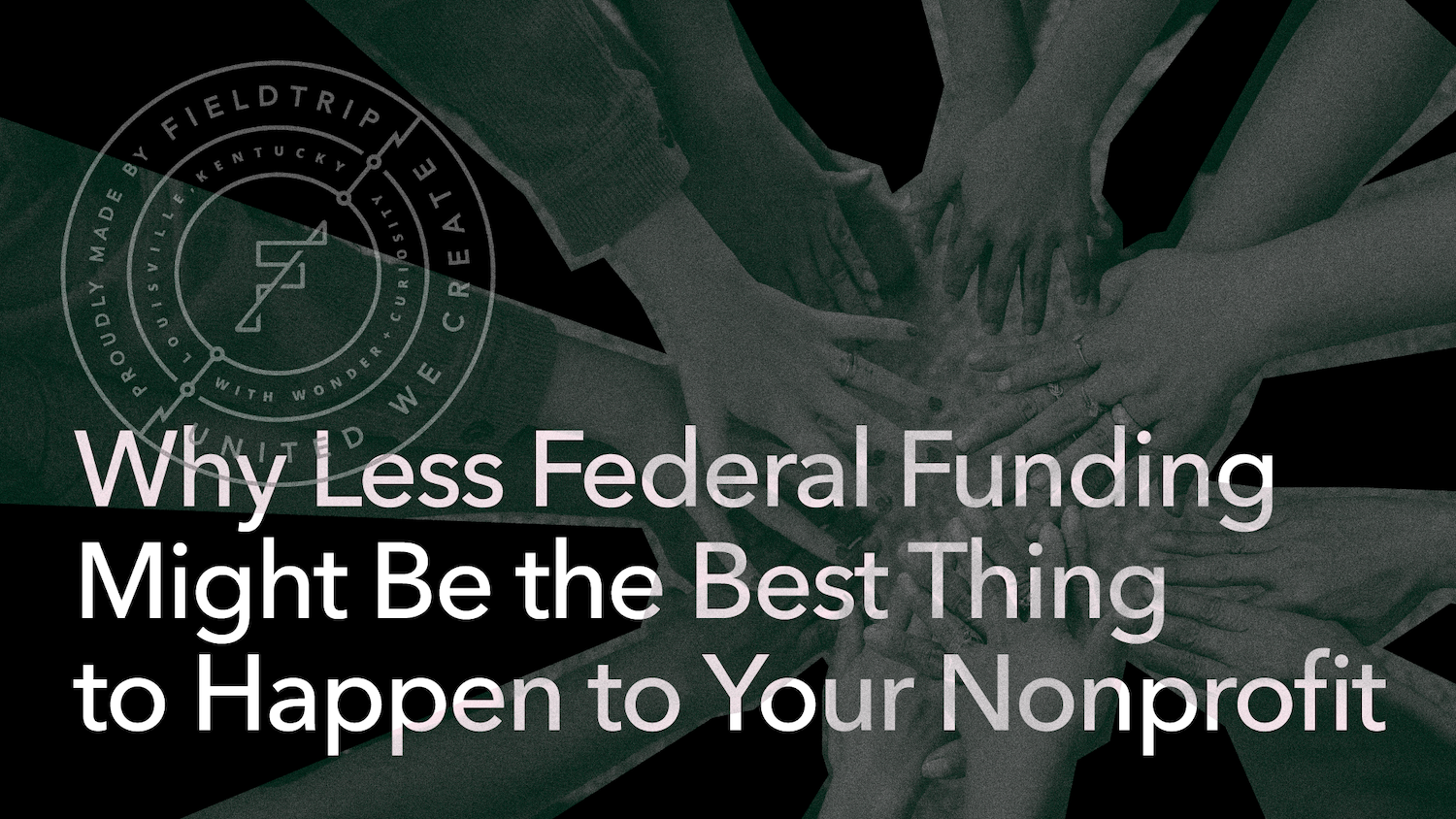Hello, I’m Jane Pfeiffer, president and founder of Fieldtrip, a marketing firm dedicated to helping nonprofits reduce their largest expense. It’s the cost of lost opportunities that arise when people don’t know you, don’t understand what you do, or why it matters or should matter to them. So we’ve been talking about change agents within the nonprofit model, and this is our fourth and final in this series.
Just to refresh you, we’re going to quickly revisit the other particular pain points, if you will. Today we’re going to talk about how bridging the gap, but the first pain point is to put one audience first. So the pain point is that the mission has never been more relevant, but the friction for time, revenue and resources are increasing. Our antidote here is to create efficiencies by putting one audience first and the others will follow. Typically, the one audience is your beneficiary. By really emphasizing there, you’ll create some efficiencies in communication within your organization.
Pain point two: leaders are disappointed that they have to constantly explain what they do and why it’s important. The antidote is to ignite change, inspire with the missions impact, not the details of how and when and where you do the work and how many, and it looks like this, and these are the ages that we support. Talk about the impact.
Third, leaders are confused because what used to work is producing less impact and lower revenue. So you’re running as fast as ever before, but probably feeling like you’re actually going backwards. Here we have to maximize gains by shifting marketing forward as a strategic investment instead of an operational and occasional operating expense. That is a luxury that, well, most nonprofits just don’t have the time for. Candidly, we have to stop thinking like that because the marketing in its truest form is what’s been missing, because it’s not just the megaphone that announces what you’re doing to the outside world. It’s also the magnet that pulls in the true needs of the people that you’re serving and the desires of those that can financially support your work. When we’re listening to those audiences and using that to inform the organization, everything lifts as a result.
So today we are frustrated by the lack of empathy created by this enormous gap between the people they help and those who had the time, money, skills, talents to support the mission. Our antidote is to bridge the gap, connect the beneficiaries to the hearts, minds and wallets of those who can support you using the ripple effect. To learn a little bit more about this ripple effect, you can go back a couple episodes on “Fire Cinderella,” where I give a side by side example of this. I compared the personal story of Cinderella as the human centric story that so many nonprofits talk about. But the impact is what happens in the kingdom when the Princess and Prince are happily wed of shared experiences or unique sharing in unique experiences. One of wealth and privilege, one of poverty and need, and how those perspectives come together and lift up the entire kingdom, because the mission of the kingdom has better reflected the true needs of its residents. The biggest difference in this empathy gap is the differences in lived experiences and we can’t recreate that, nor would we want to. So yes, collect human stories, but stop depending on it as the end all be all. It takes more than just the Cinderella story. The rags to riches, the personal recovery capture that story, but focus on the larger benefit.
For example, the human interest story you might tell is a very personal story, one in which people can relate to. So some people will opt in because that story has meaning to them, maybe not from their own experiences, but they can understand how that situation occurs or someone in their circle of family and friends might have had a similar experience or challenge that a nonprofit was able to help. If they can’t opt in there, then you have to create the ripple effect.For example, human number one has a better life because of an experience and support with a nonprofit. The impact of that is now they’re gaining control of the destiny of their life. The choices that they make may not be the same as the choices or privilege of choices that your supporters have, but yet those supporters can understand the importance of having self agency.
The next ripple is that this is scalable. There’s not just one Cinderella out there to be rescued. There’s dozens, hundreds, thousands, whatever that number might be, communicating that this story is one, but that it can be repeated again and again with success, which creates economic impact. Is it because there’s a lower need for social services or a higher return in workforce development and creating stability in the community?
Another layer to the ripple effect is being focused on the solution. So we’re not just here to help people with hunger, but we’re also solving the problem of hunger. That would be multifaceted, talking about access to food, but also the knowledge of what makes food healthy and nutritious, how to prepare it, where to get it, how to be cost focused and savings focused.
So we’re talking then a shift from just feeding a meal to creating sustainable lasting impact. And that when solving a bigger social issue you don’t have to put a date on when that solution occurs, but you do benefit from creating the expectation that you are here to solve it in a very big and important way. So the impact or the antidote is to bridge the gap by connecting beneficiaries to the hearts, minds and wallets of those who support you. That doesn’t happen with a single one dimension story, personal story. You need the layers, multiple points in which different people can opt in and agree with you that this is an important issue that needs a solution, that your organization is a capable provider of that solution and that the people you support are worthy and deserving.
That’s it for today’s episode. Feel free to visit wearefieldtrip.com/nonprofits for more Mission Multiplier videos. Thank you.

